Watches and Formula 1 – Episode 5 – The French Connection, Renault Sport F1 x Bell & Ross
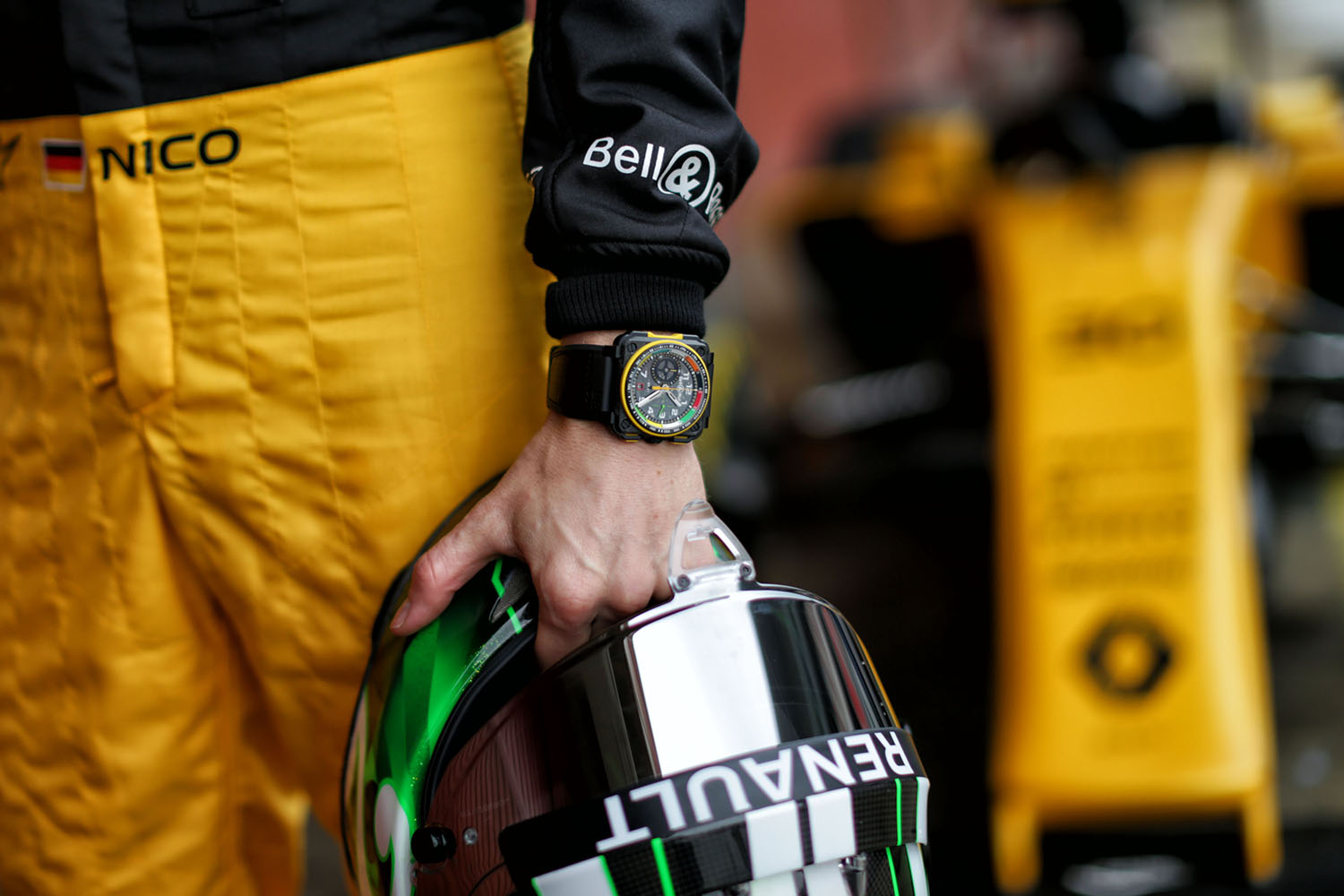
Renault came into Formula 1 with a bang, which is to be taken quite literally. At a time where the rulebook seemed virtually limitless, the French manufacturer brought turbocharging into the mix. Fueled by an insatiable hunger for power, combined with ground effects aerodynamics and just about the most daring drivers Formula 1 has ever seen, the constructor pioneered its way to the top! Since 2016 they are back as a constructor and partnered with Bell & Ross, which seems like a very French match. Today we unravel the history of Renault in Formula 1 and why the connection to Bell & Ross is a very logical one.
Bell bottom pants were quickly getting out of style and punk rock was on the up and up, as the most hairy-chested men risked their life every race piloting hugely complex and dangerous machines in Formula 1. As the 1977 season kicked off with a new team on the grid; Equipe Renault Elf, new technology was introduced. But the story is more complex than that, as a number of paths come together during the history of the French manufacturers involvement on the highest level of motor racing. Bear with me, all will be explained!
1977 Renault-Elf RS01
The Renault Sport F1 history
Renault has been active as a constructor for most years, but was also active as an engine supplier only. The start of their adventures was back in 1977 when a sole, yellow machine was entered midway during the season. The hunger for more grip and more power was simply insatiable, and Equipe Renault Elf, was one to blame to be honest. Introducing turbocharging to Formula 1 in 1977, with their yellow, white and black RS01. The rulebook allowed turbocharging as early as 1960 but no one was daring enough to explore these unchartered waters. The result was a 1.5 liter Gordini-V6 Turbo that was used in the last 5 races of the 1977 season.
1977 Renault-Elf RS01
Jean-Pierre Jabouille, Frenchman, piloted the only RS01 for those 5 races. Introducing new technology is always a risk, and it didn’t go according to Renault’s plan… at all. The new engine turned out to be highly unreliable and only lasted a few laps. Just how unreliable was it? No less than 4 DNF’s and one race where they failed to qualify at all as their fastest lap-time was over 7 seconds off the lead. On paper, the engine looked promising. It produced roughly the same power as other engines at the time, which was around 500 horsepower (while cars weighed just over 600 kilos) but at less weight and a smaller package. This subsequently meant a smaller frontal area and thus a lower drag coefficient. The problem is that a turbocharged engine, especially being half the size as its competitors but producing the same amount of power, suffers from much higher stress levels due to the forced induction.
1977 Renault-Elf RS01
A turbocharger works by harnessing the exhaust fumes coming out of the combustion chamber, to spool up a turbine in a double snail-shell like housing. This turbine is coupled to a second one which in turn forces air into the combustion chambers to provide a bigger bang and therefore more power. The output is simple; put in more air and you can mix more fuel and create a more power. The biggest problem with these early turbochargers was the lag they had in building up enough pressure to provide the much-wanted power. So, put your foot down and at first nothing much happens, turn into a corner and all of a sudden, a big kick in the backside will have you facing your opponents as you’ve just spun out of control. This was the primary reason the early Porsche 911 Turbos where called widow-makers for instance (combined with an engine hanging behind the rear axle), and with the speeds in F1 this effect had a much bigger impact! It made the RS01 a mighty handful to drive, and earning the undesirable nickname “Yellow Teapot” as it was often sidelined in a big cloud of white smoke due to a blow-up.
1979 Renault-Elf RS10
New technology is prone to break from time to time, and with the earliest of turbocharged engines, these occasional blow-ups were eminent. The following 1978 season, Equipe Renault Elf basically picked up where they left off with 4 consecutive non-finishers. But, the French perseverance payed off as the results improved towards the end of the season. A few starts from P3 and P6 where the first signs of success, which led to the team’s first points at Watkins Glen with a fourth place finish.
1979 Renault-Elf RS10 – The Arnoux/Villeneuve battle
The team hired a second driver for the 1979 season, and introduced the RS10. The investment started to pay off as qualifying was improving, including a few pole positions, and reliability was no longer at zero percent. At the French Grand Prix, taking place at the Dijon track, the (French!) duo of pole-sitter Jean-Pierre Jabouille and René Arnoux showed the speed a turbocharged car was capable of, with the former winning the race and the latter putting on an epic battle with legendary Gilles Villeneuve in a Ferrari. Swapping places on and off track, the two battled it out in the final few laps of the race with the Canadian born Villeneuve taking second place in the Ferrari. Those few closing laps remain a classic display of skill and bravery in Formula 1, just see the video below (with brilliant Murray Walker commentary):
These results, followed by strong outings in the seasons of 1980, 1981 and 1982, gradually began to change the skepticism towards turbocharging. With Alain Prost, part of the team since 1981, losing out on the 1983 driver’s title in the last race of the season, Renault proved that there was an advantage to be gained with turbocharged engines. And, as always, where one has success, others are surely to follow (and often surpass the original). Teams like Brabham, Williams and Ferrari offered fierce competition, all with a 1,5 liter turbo. Power output of around 1,500 horsepower was no exception at the peak of the turbocharged era, with boost pressure turned all the way up during qualifying for that ultimate lap!
The 1983 Renault-Elf RE40
During the mid-eighties, Renault as a car company struggled financially and couldn’t support a two or three car team anymore by 1985. This meant they had to pull out and resort to being an engine supplier only. Supplying engines to Ligier, Tyrrell and Lotus, Renault stepped out of F1 at the end of that year only to return in the same role in 1989. The banning of turbocharged engines in that year helped substantially, and the newly built 3,5 liter V10 engine proved capable of winning races right out of the box for Williams. The combination of the two, Williams and Renault, would become a championship contender for quite a few years after that, with “Red 5” Nigel Mansell and the inimitable Ayrton Senna behind the wheel. Sadly, we all know he didn’t survive a crash at Imola in 1994, one of the darkest race weekends in the sports history, as Ronald Ratzenberger fatally crashed too and Rubens Barrichello parked his car on top of the tire barrier (but remaining unscathed).
The 1992 Williams-Renault FW14B, driven by Nigel Mansell
Supplying engines to both Williams and Benetton, Renault won a huge number of races between 1990 and 2000 and sealed in several championships as a constructor. Of course, legends like Ayrton Senna, Damon Hill, Jacques Villeneuve and Michael Schumacher played their part with 6 consecutive constructors titles between 1992 and 1997.
1995 Mild-Seven Benetton powered by Renault, driven by Michael Schumacher
The funny thing with F1 is that a run like that, even though it was spread across multiple drivers and two different teams, doesn’t last forever. You can ride the high waves for a while, and even stretch it out over multiple seasons (Ferrari did it, McLaren is no stranger to it, neither is Williams or Red Bull Racing) but a downfall is inevitable in the end. Renault withdrew again at the end of the 1997 season only to supply engines for three more years under the Playlife and Mecachrome subsidiary brands.
Things changed again (are you still with me?) by 2000 when Renault acquired the Benetton team (that made Michael Schumacher champion twice and Renault, as a constructor, once) and would once again return to Formula 1. Championships followed in 2005 and 2006 with Fernando Alonso claiming the driver’s championships and granting Renault their seventh and eighth constructors titles. Supplying engines to third parties picked up in 2007 again, resulting in a 4 year clean-sweep with Red Bull between 2010 and 2013 when Vettel was virtually unbeatable. In between they also supplied engines to the Lotus-Renault team which saw the return of the epic black-and-gold John Player Special liveries from the eighties. Coincidentally I had the chance to hold Kimi Raikkonen’s race winning steering wheel from the actual 2012 Abu Dhabi Grand Prix while at the Renault Formula 1 factory in Enstone, near Oxford.
2012 Lotus-Renault RE20, with Kimi Raikkonen behind the wheel
The final chapter For Renault (for now) started when they once more returned as a constructor (so engine and chassis again) for the 2016 seasons with Kevin Magnussen and Jolyon Palmer, with K-Mag being replaced by Nico Hulkenberg for this year’s season. The bright black and yellow cars are not as strong a contender as Renault would like them to be with only a small bundle of points since the return.
The 2016 Renault Sport RS16 – The 2017 Renault Sport RS17
The French Connection, Renault Sport F1 x Bell & Ross
The year 2016 also brings something else new to the plate, and that is where watches come in! In the past, Renault Sport (or in one of the various other combinations) has seen Tissot sponsoring, TW Steel, Longines, and Richard Mille. Since last year though, the French Connection is back in play, with Renault and Bell & Ross partnering up and offering special editions celebrating the joining of forces. If you think of Bell & Ross and what they offer in terms of watches, the first that obviously comes to mind is aeronautical inspired timepieces. After all, the square case mimics flight-instruments across various airplanes, both commercial and military. In business since 1992 under the “Bell & Ross by Sinn” moniker, and as an independent brand since 2002, Bell & Ross offers a wide array of watches, ranging from highly legible, simple timing instruments to the most complex of movements like tourbillons. Most known for their square cased watches, now also including the very cool Bell & Ross BR-92 Diver.
The Bell & Ross BR-X1 RS16 Skeleton Chronograph and the BR-X1 RS16 Tourbillon
Themed with black-and-yellow, the 2016 Limited Editions included the Bell & Ross BR-X1 RS16 Skeleton Chronograph and the BR-X1 RS16 Tourbillon and for this year the Parisian brand has presented three new versions of the Renault-watches. The Bell & Ross BR03-94 RS17 Chronograph, BR-X1 RS17 Skeleton Chronograph and BR-X1 RS17 Tourbillon once again feature Renault’s trademark black-and-yellow colors but have toned down the yellow a bit. Where the RS16 models featured a very eye=popping yellow rubber strap with carbon textile inserts, the straps on the RS17’s are back to black. But, if you really want to splash some color on the wrist I am sure Bell & Ross will be able to help you. That bright yellow tone is about as recognizable “Renault” in F1 as a squared Bell & Ross case is in watchmaking.
The Bell & Ross BR03-94 RS17 Chronograph
The combination of the two could be a very solid one, for years to come, if you think about it. I don’t mean to insult anyone here, but the French are quite chauvinistic by nature. They are very proud of their country, and rightfully so! It has a lot to offer, provides the world with the best cheeses, wines and breads, excels in a lot of different sports (not to mention bringing forth a multitude of F1 drivers and champions!) and is home to one of the biggest names in Formula 1 as far as constructors go.
The inspiration for the RS17 watches by Bell & Ross, using the same color codes as a F1 steering wheel
Sure, the chassis and other parts are built in Enstone, England and only the engine is built in France but most F1 teams are located in the Oxford area. McLaren is based in Woking, Williams in Grove, Red Bull Racing in Brackley and Force India in Silverstone for instance. All teams but one (Ferrari obviously) have a connection to the UK one way or another, as it still is the spiritual home of Formula 1. Besides, if the facilities are there, no need to spend billions of dollars on a new factory, right? Every former team, at least since the 90’s, is gobbled up by the next. That is exactly why the story of Renault as a constructor and engine supplier is so scattered.
The Bell & Ross BR-X1 RS17 Skeleton Chronograph
As history shows us, Renault is sure to find a race, and perhaps, championship winning setup in the future and part of me hopes that is rather sooner than later. My fellow Dutchman Max Verstappen is racing a Renault engine with Red Bull Racing, so yeah, even I plead guilty to chauvinism. Until that turning point, they are to remain midfielders sadly. But, at the hands of Nico Hulkenberg (unfortunately Jolyon Palmer has failed to finish in the top 10 so far) they have already scored more championship points than last season so they are improving already! We’ll see how the rest of the season unfolds for “the French Connection” and what the future will bring in terms of race wins, championships, watches and who knows what else? Perhaps a Bell & Ross branded, blue-an-white Alpine?
40 years of Renault F1 history – 1977-2017
For more information; RenaultSport.com and BellRoss.com.

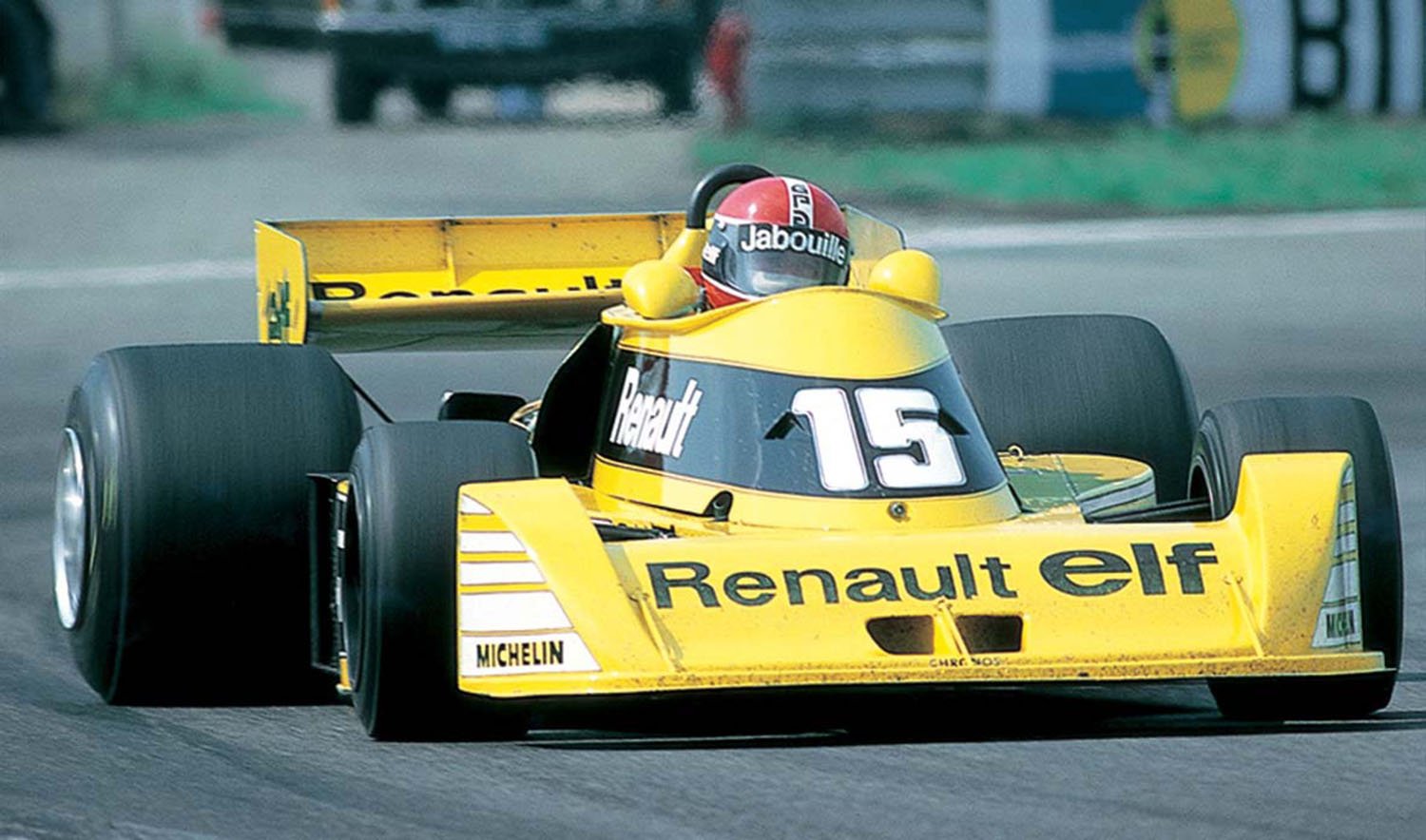
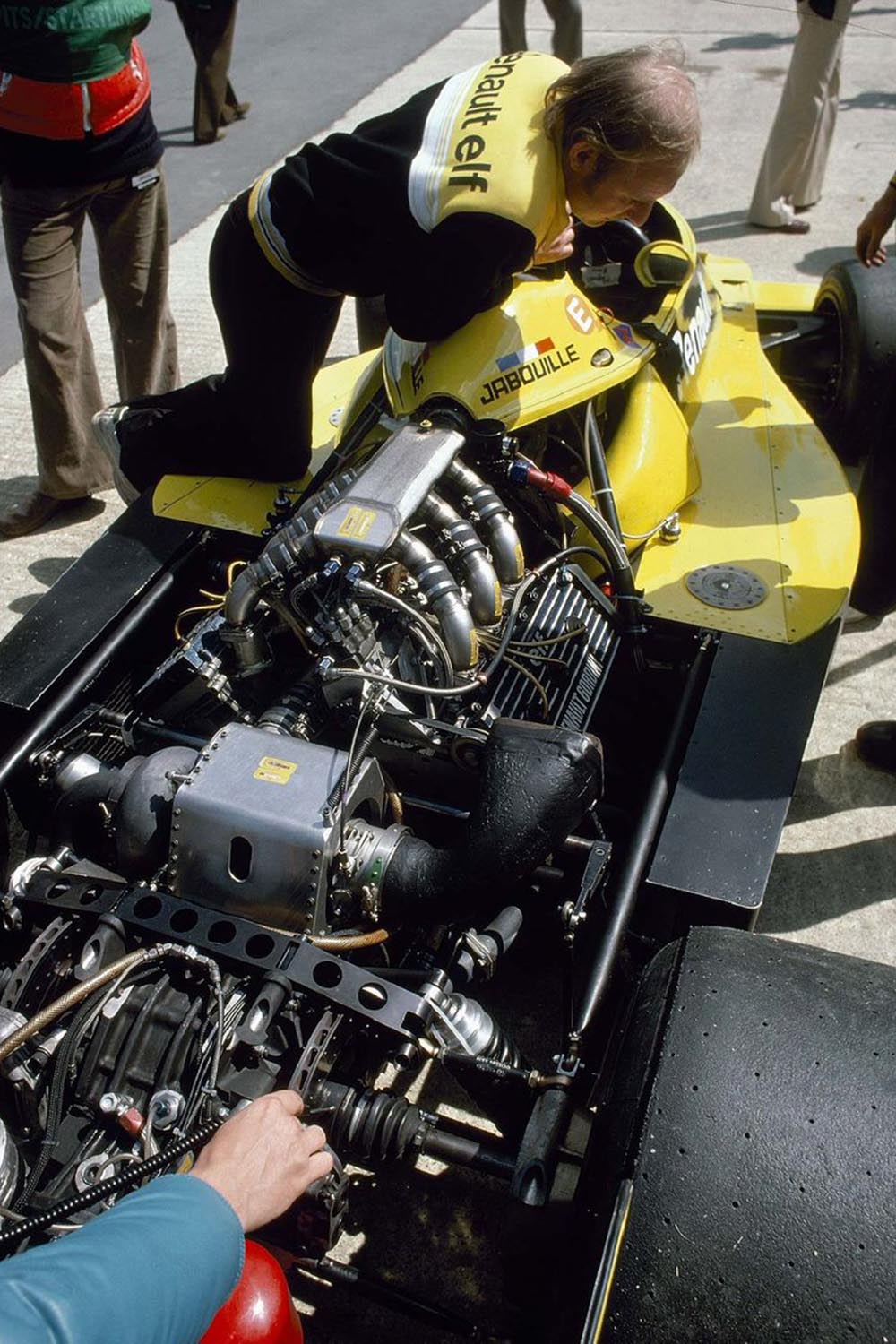
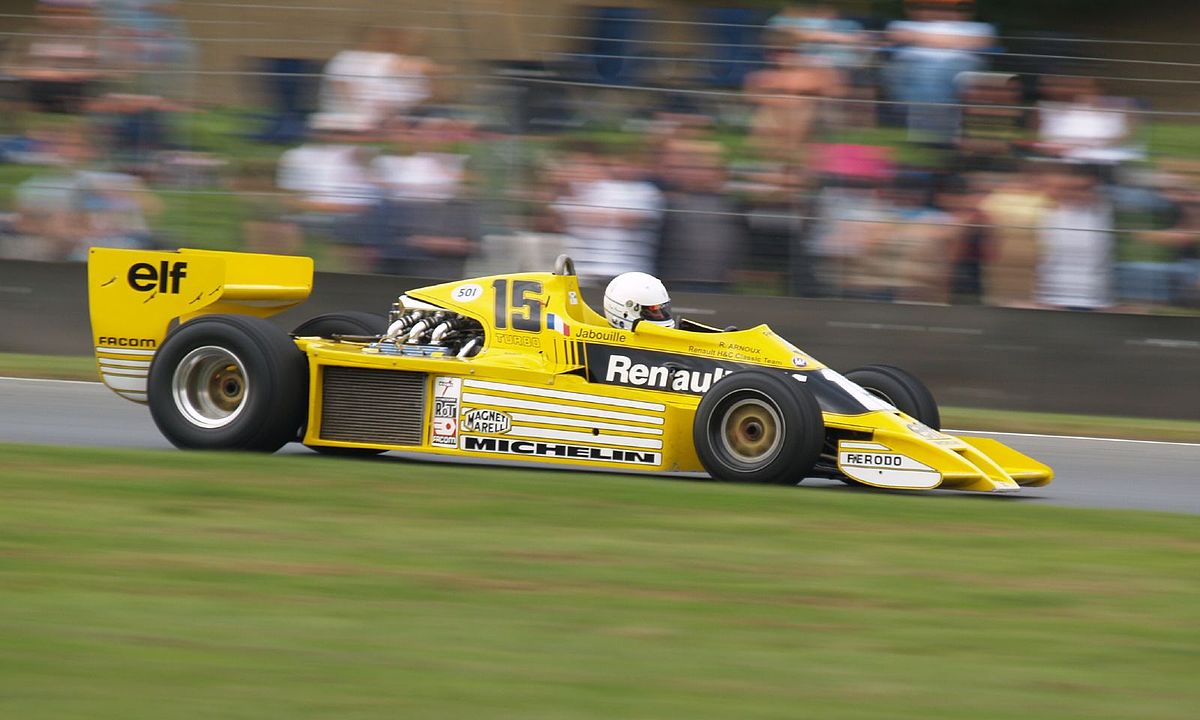

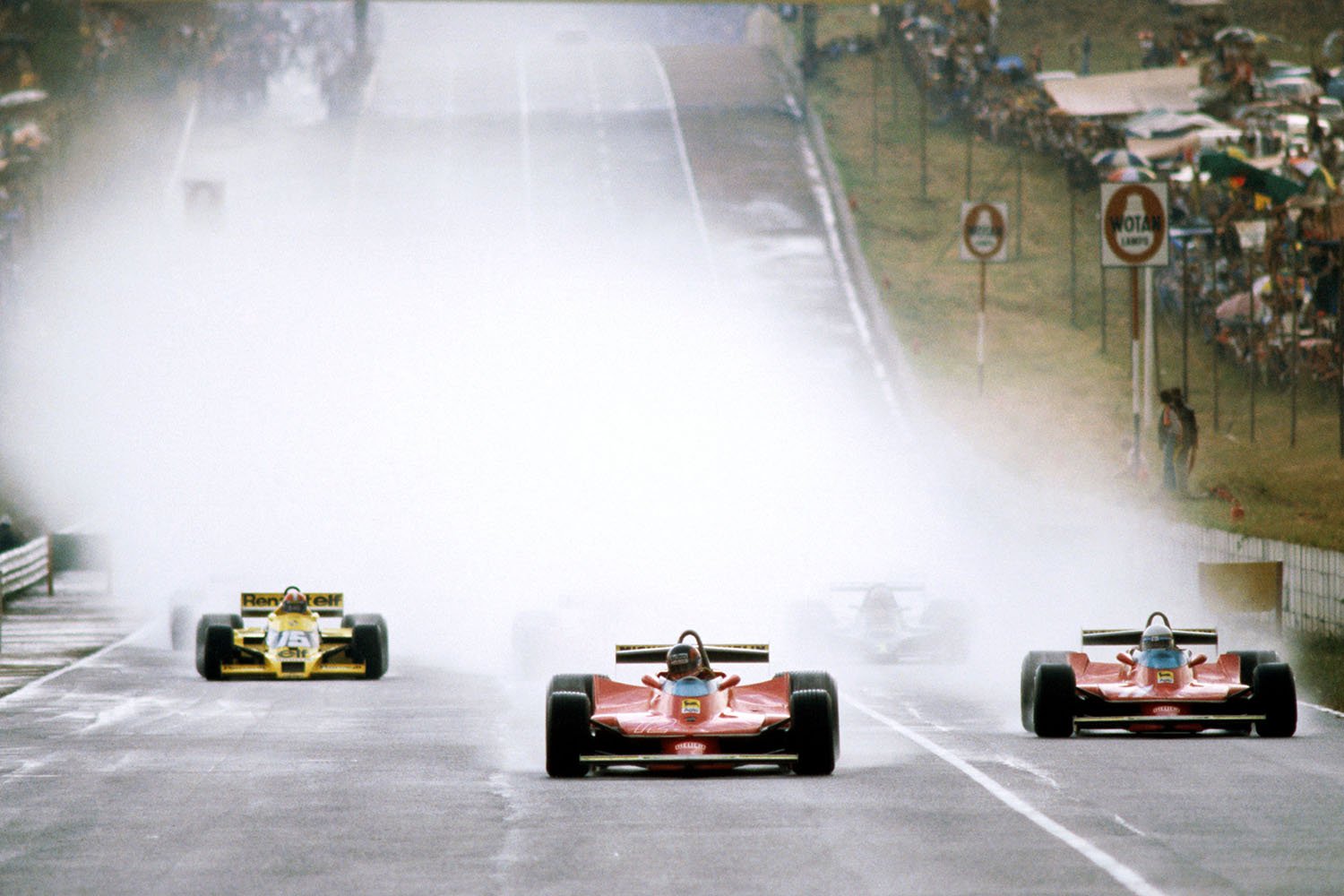
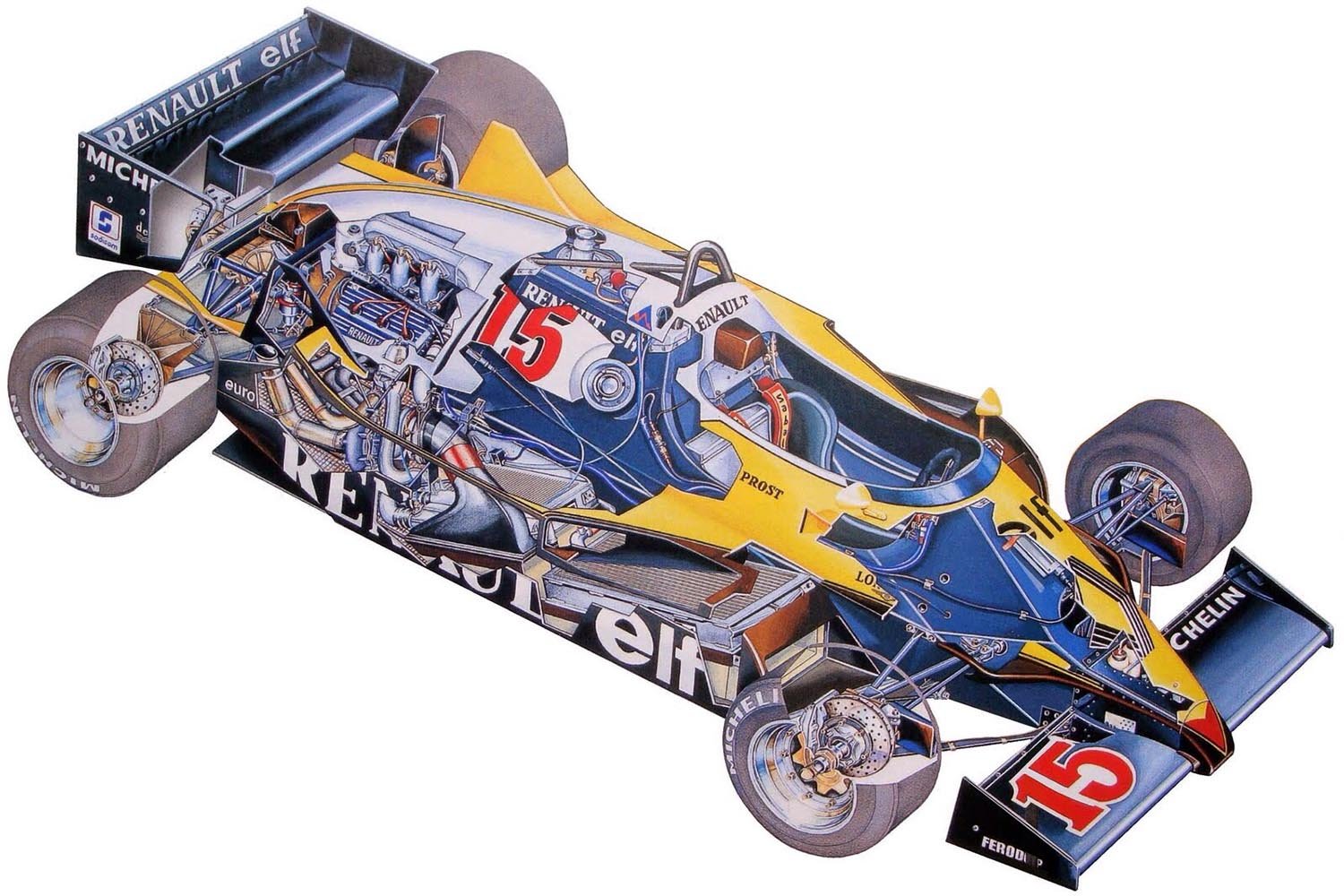
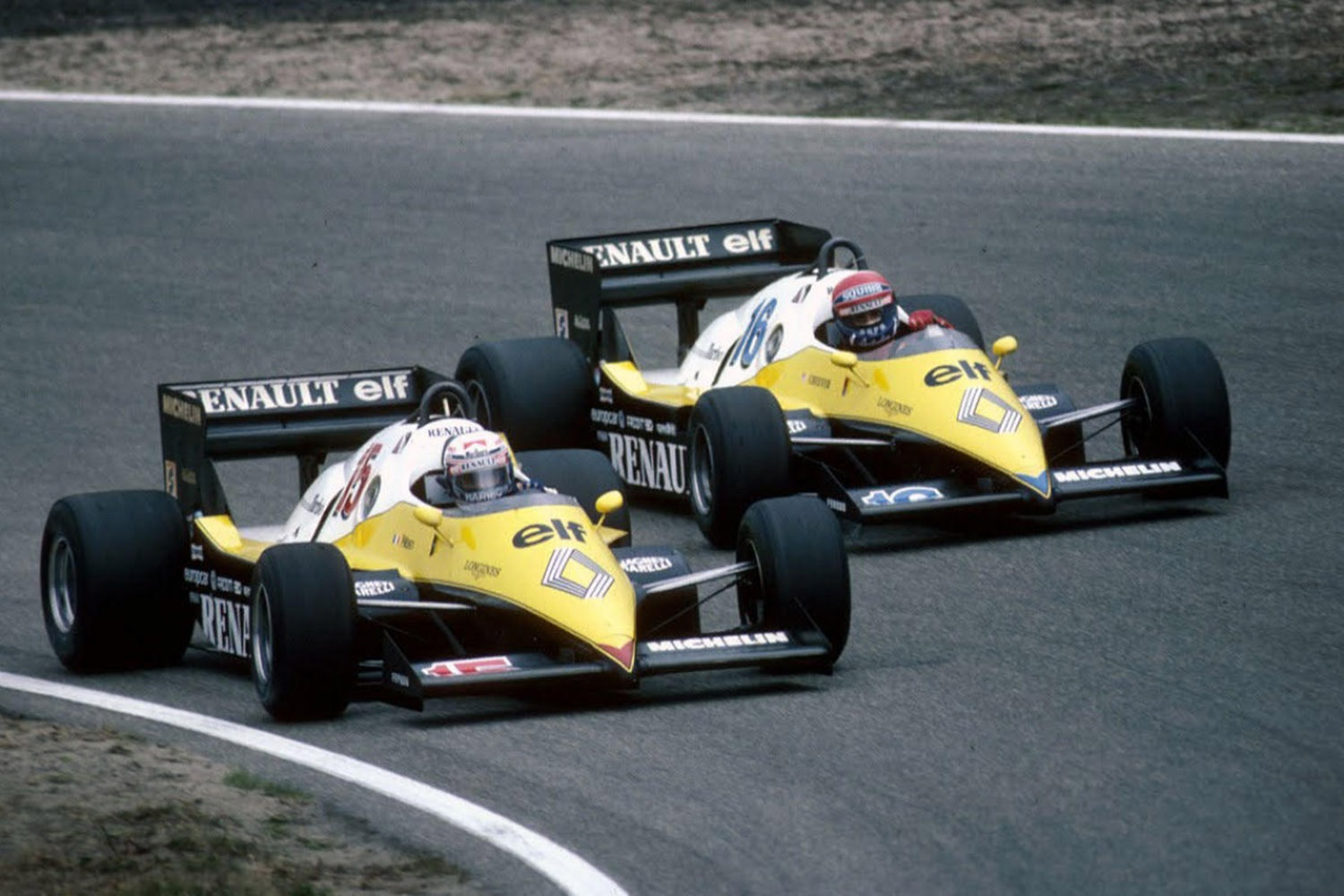

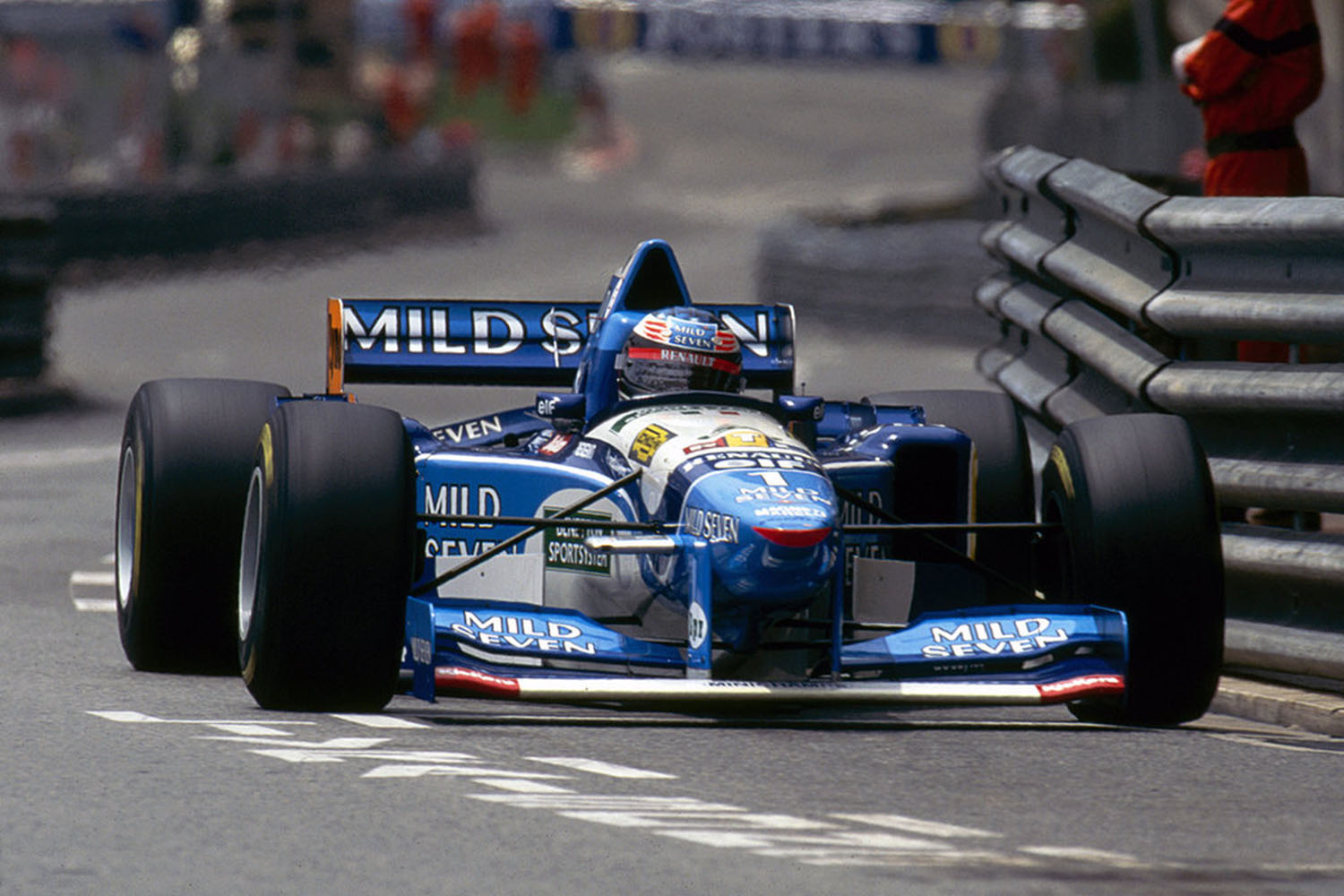
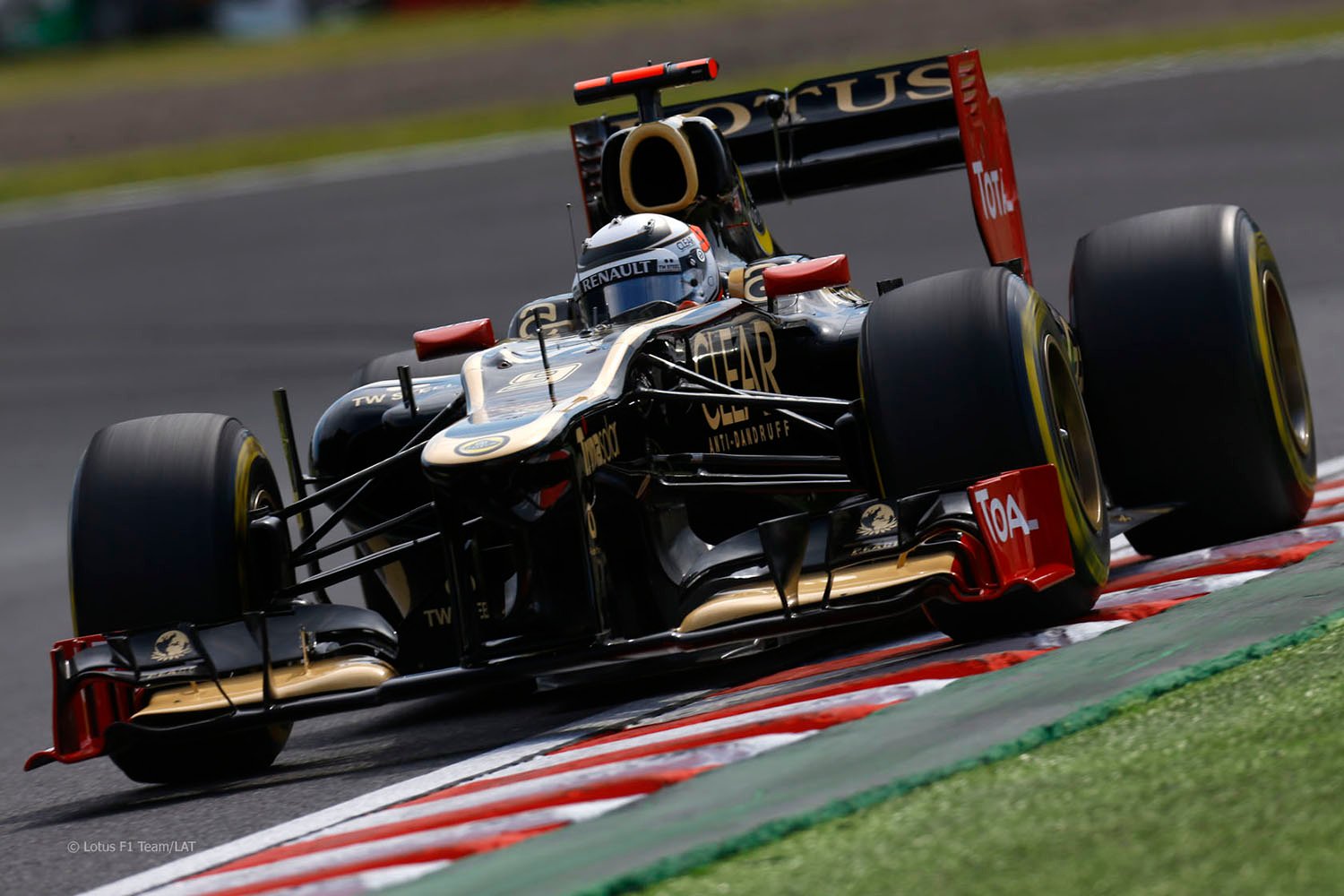
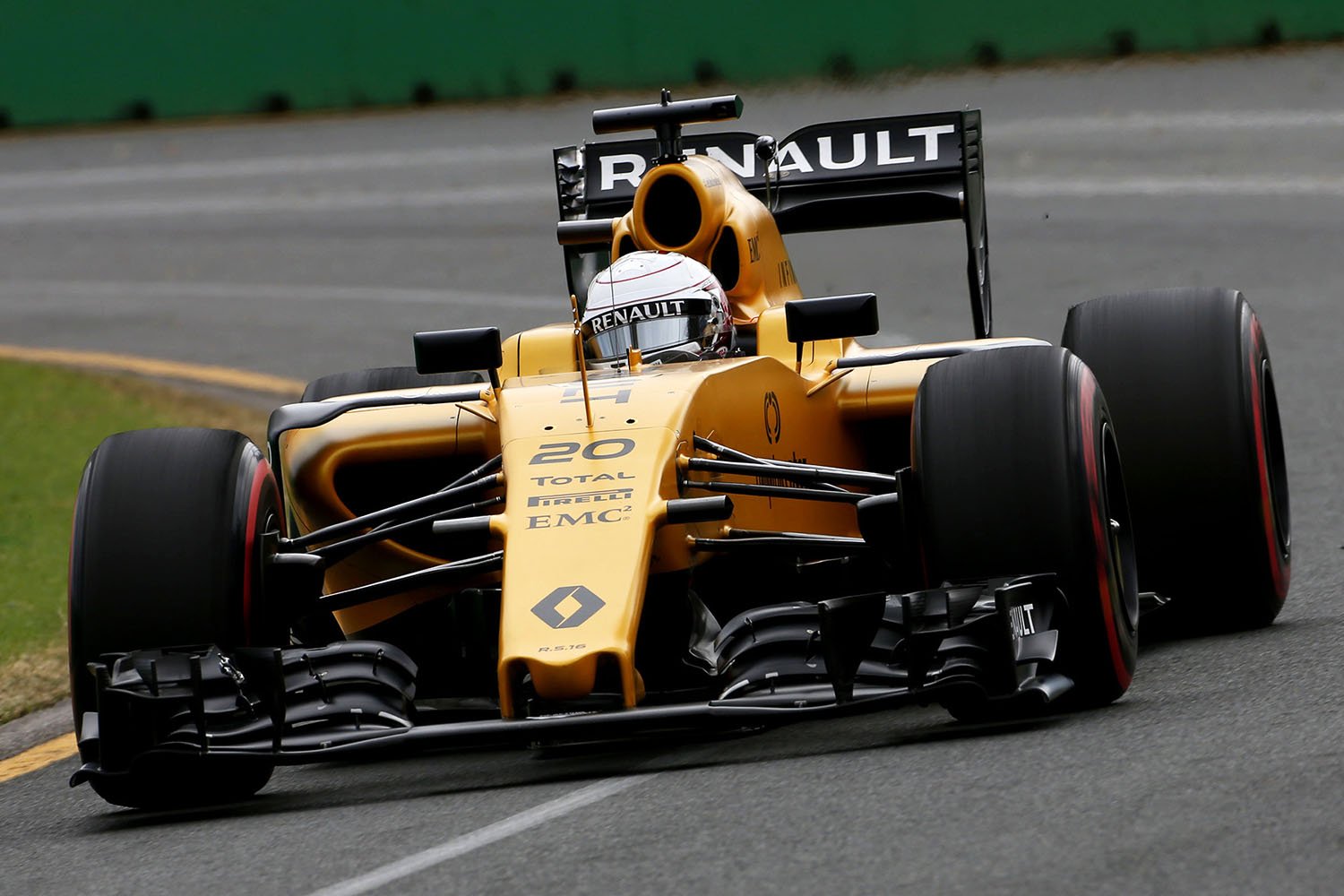
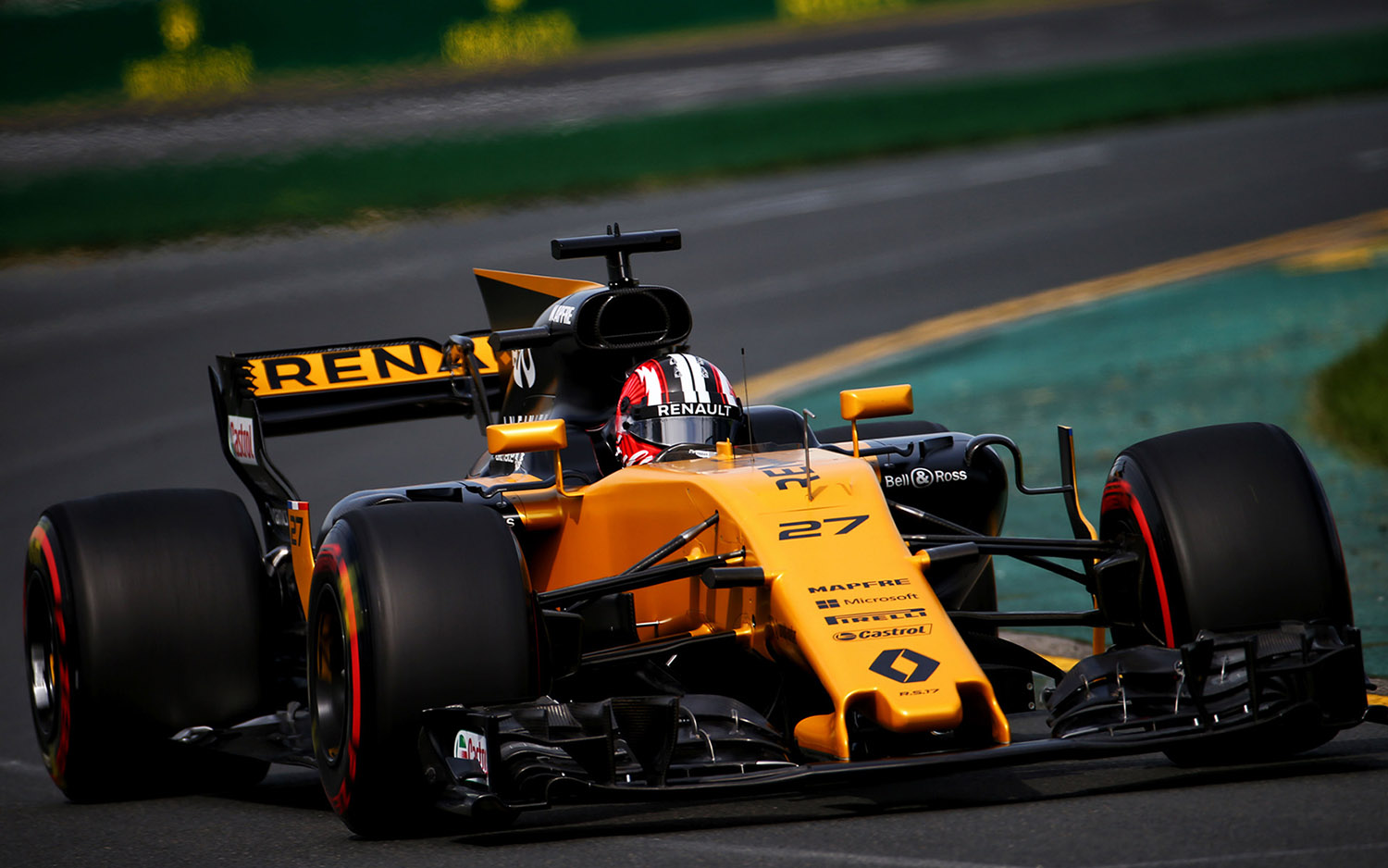
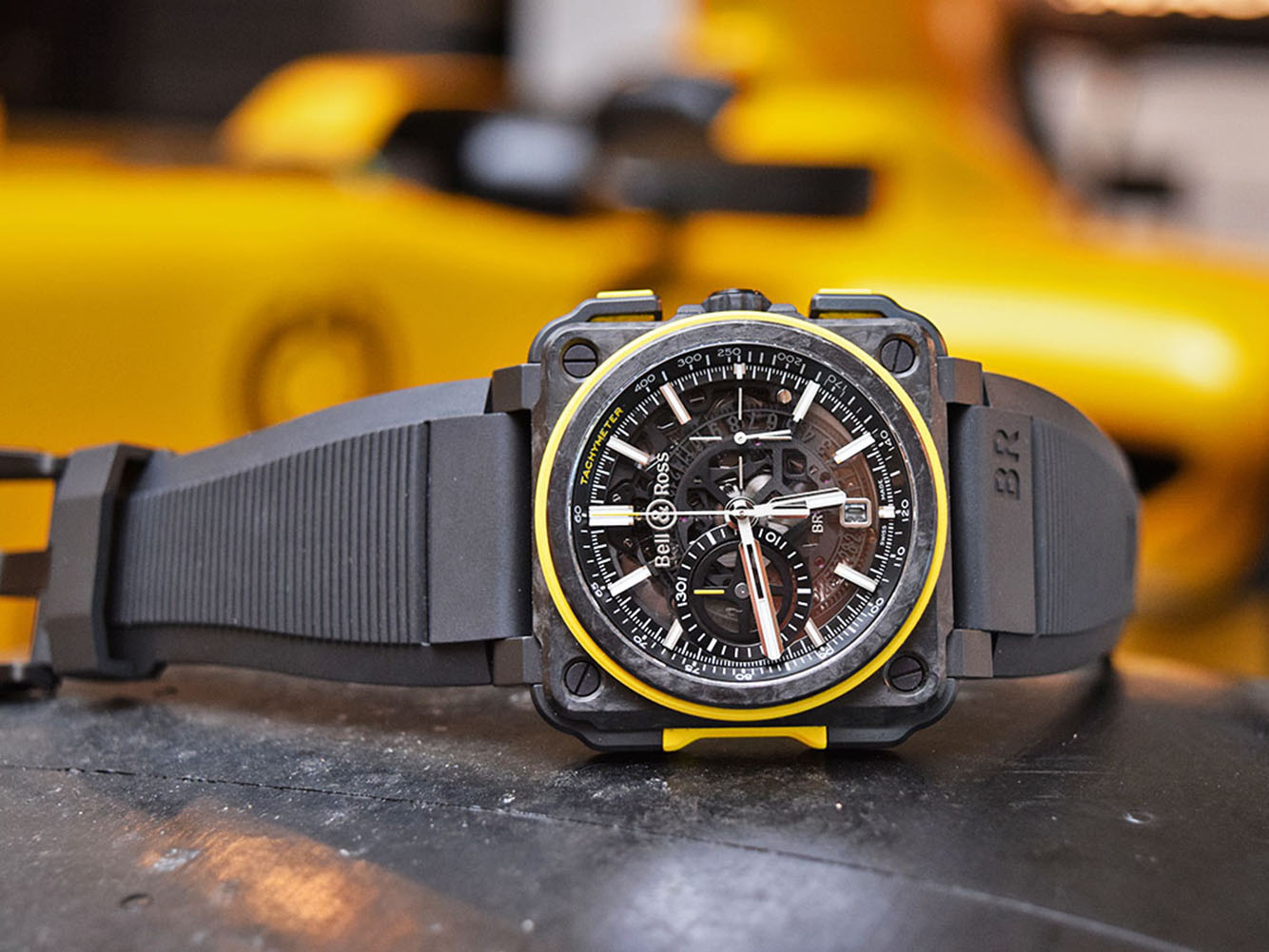
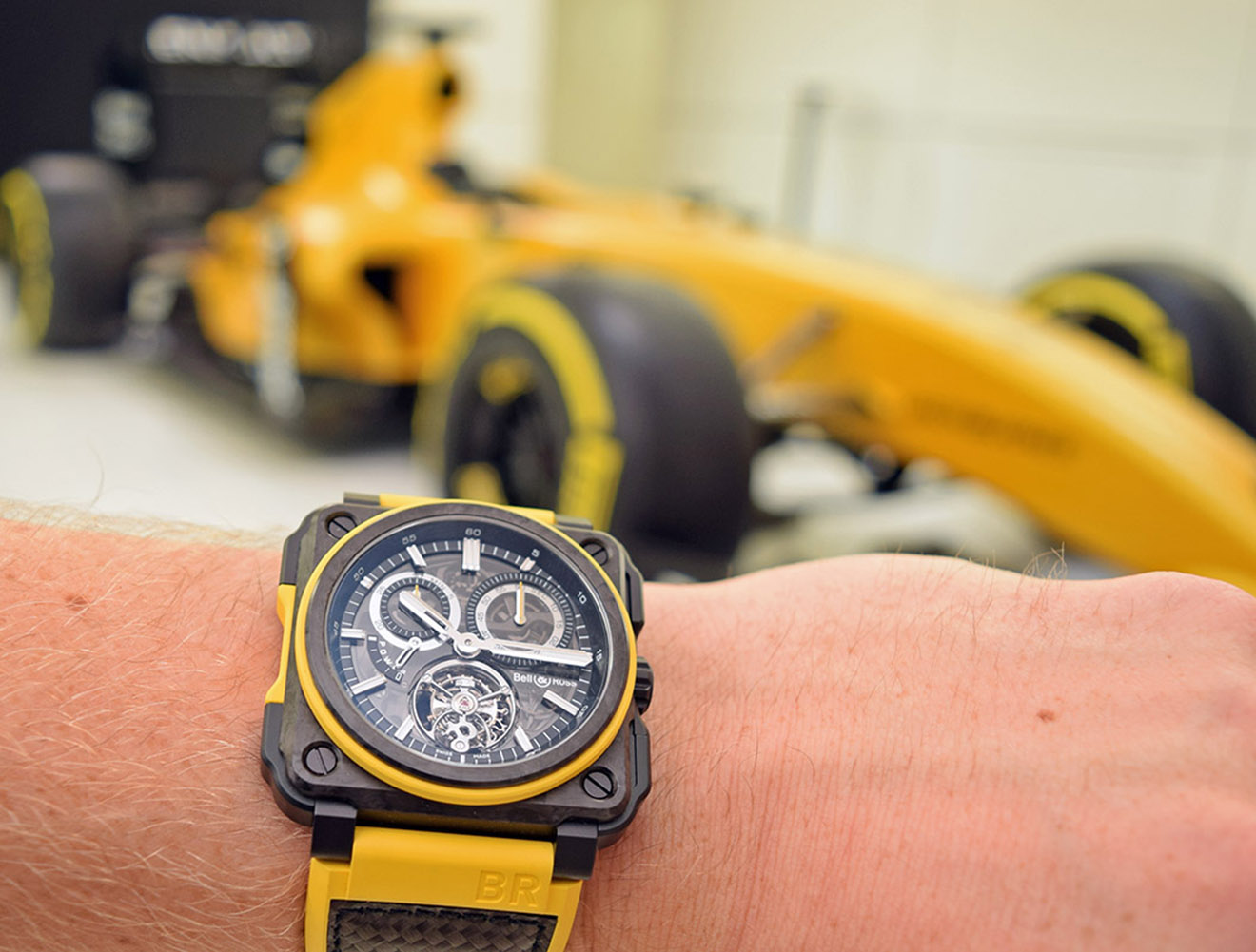
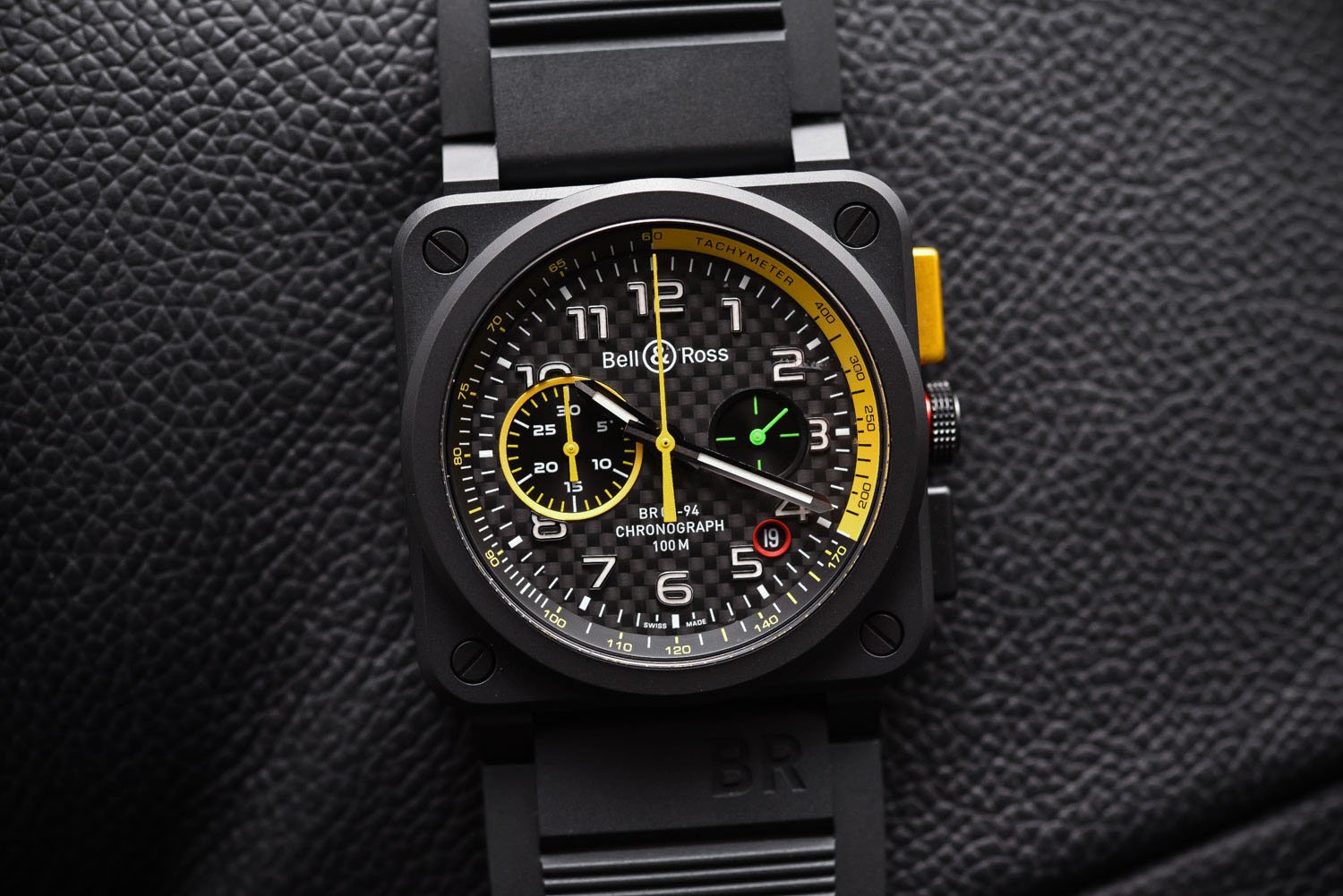
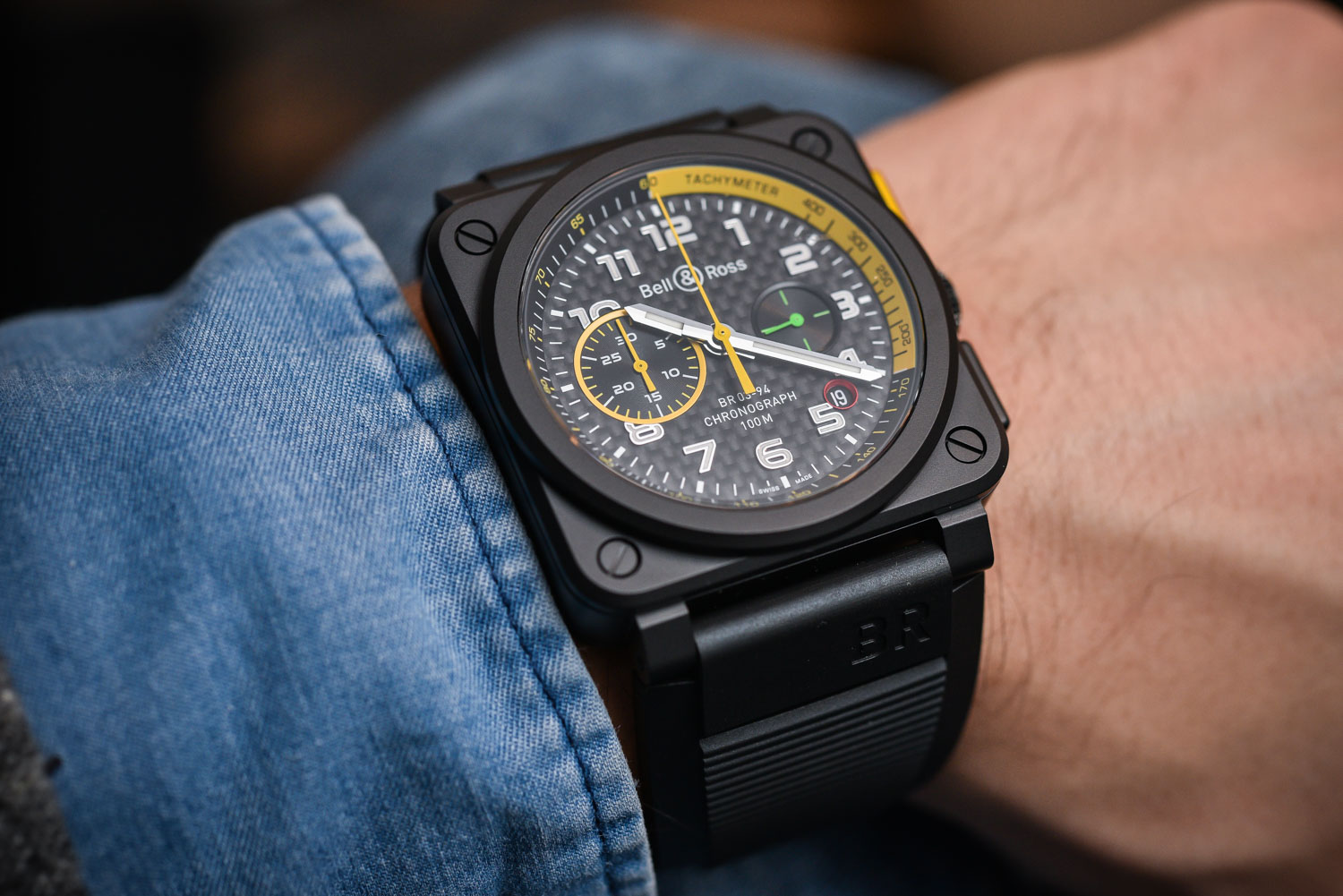
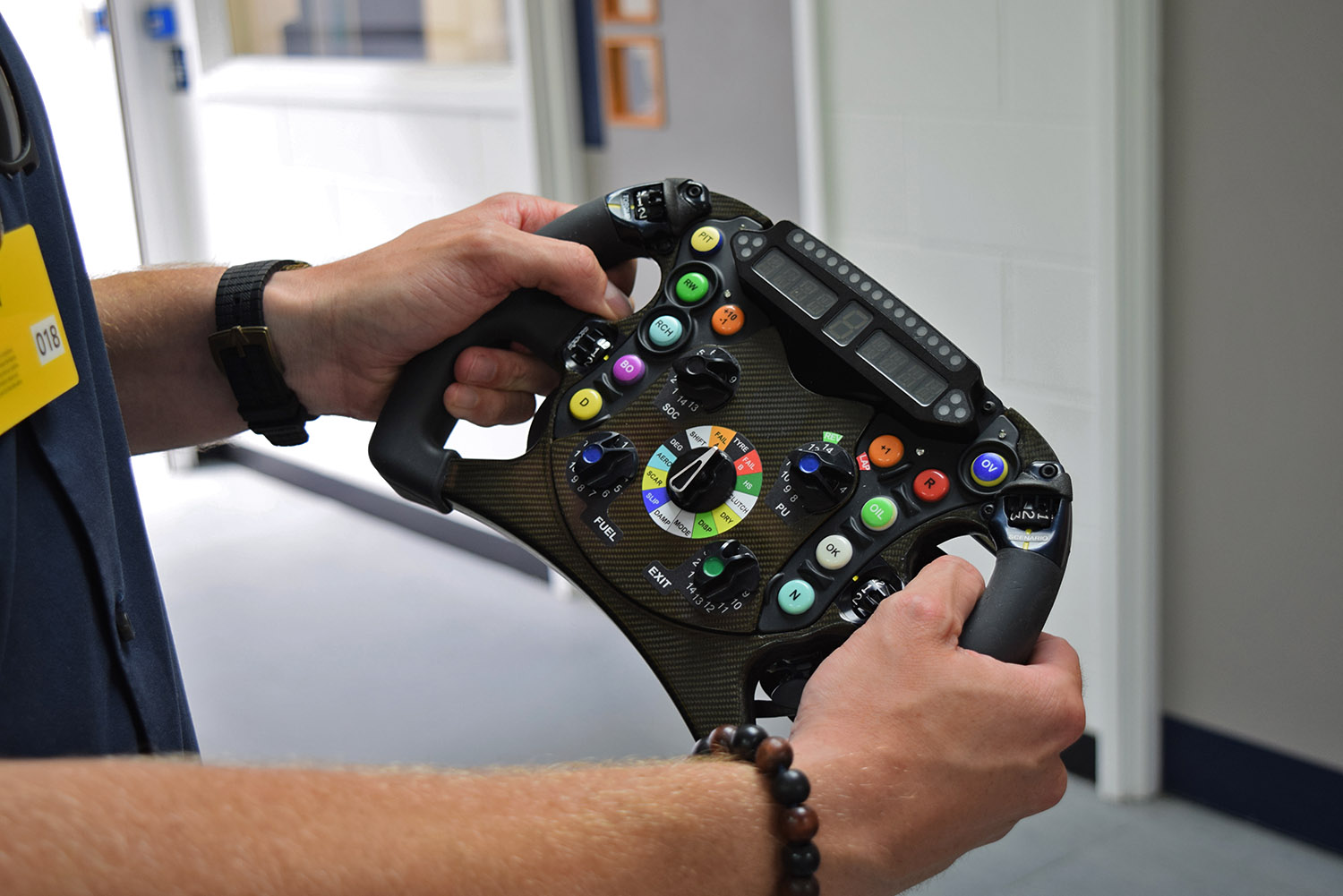
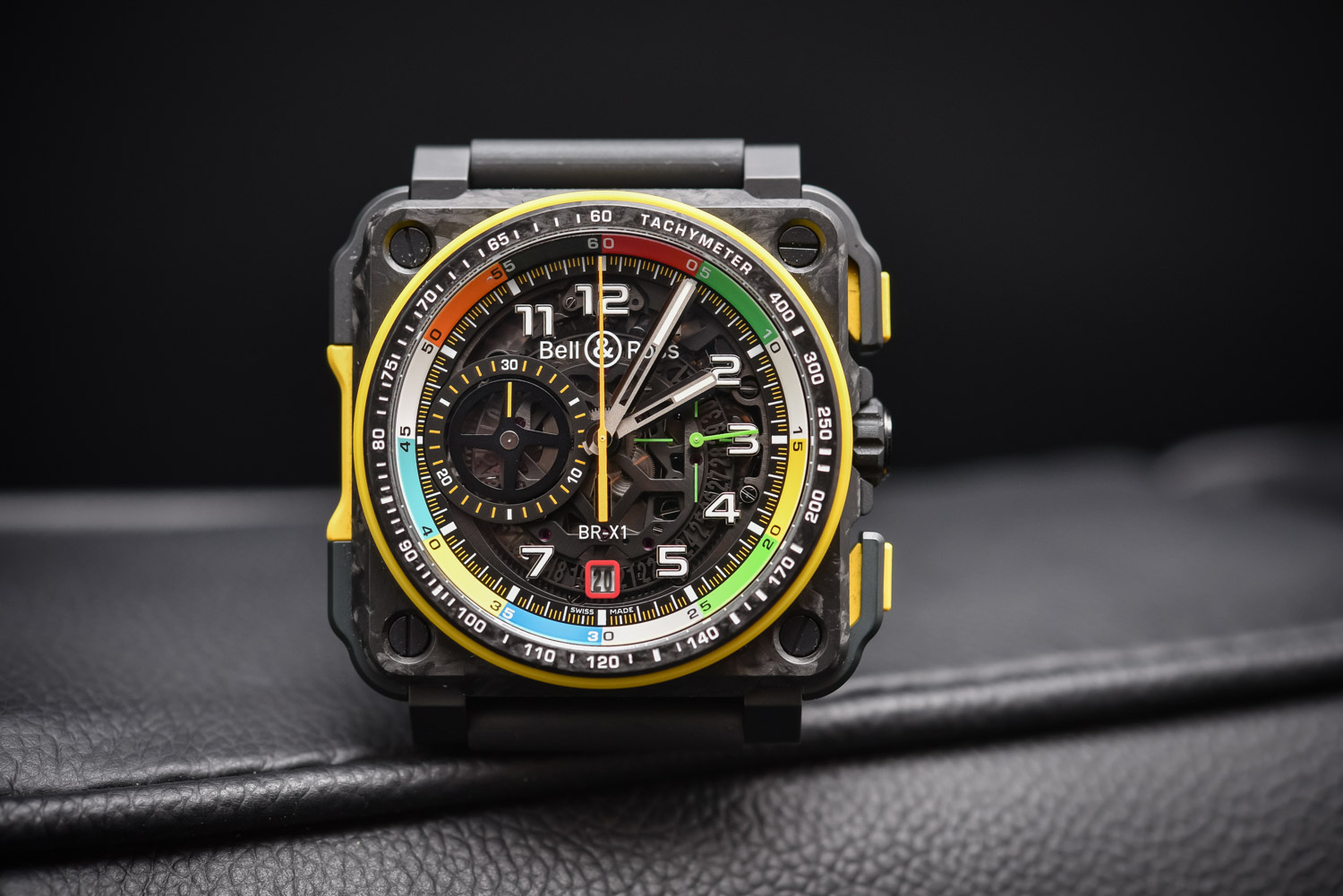
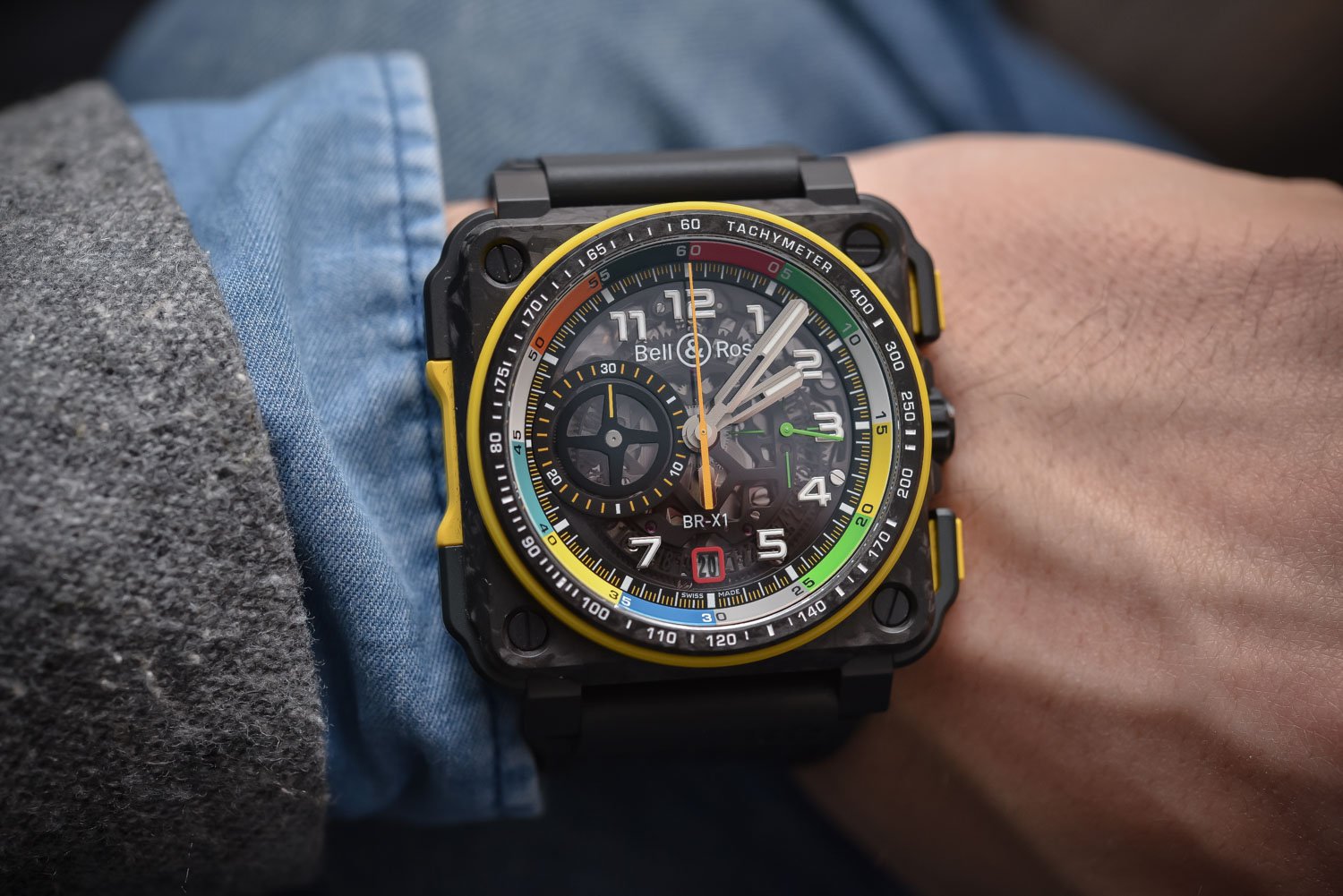




2 responses
Bell and End don’t make any decent watches any more
It would be interesting to have information: watches drivers all around F1.